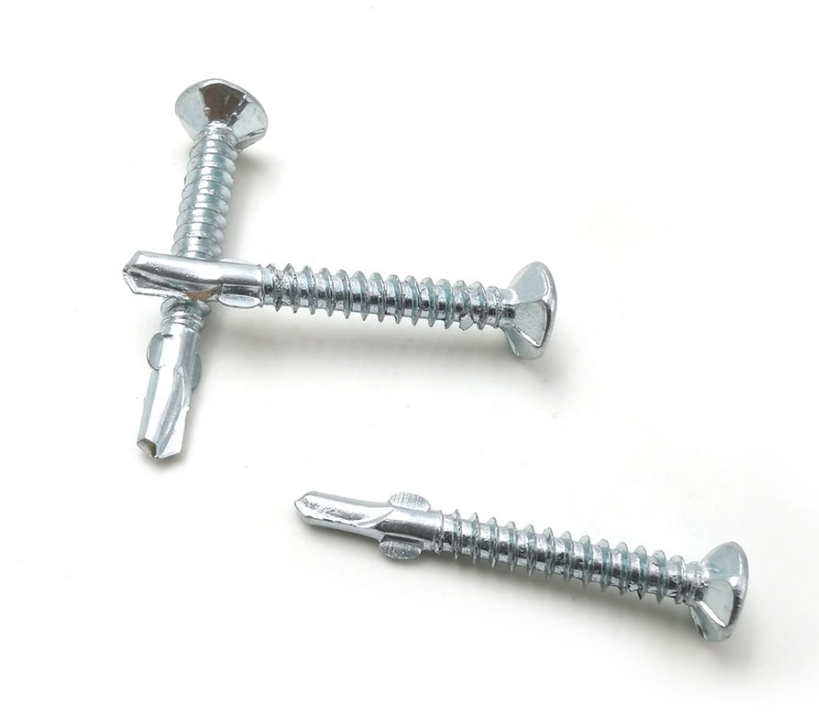SAE Flat Washer Dimensions and Specifications Reference Guide
Understanding the SAE Flat Washer Chart A Guide for Engineers and DIY Enthusiasts
When it comes to fastening components in mechanical and structural applications, the importance of washers cannot be overstated. Among various types of washers, the SAE flat washer is one of the most commonly used. This article will delve into the SAE flat washer chart, explaining its significance, dimensions, materials, and applications to help engineers and DIY enthusiasts make informed choices.
What is an SAE Flat Washer?
SAE flat washers are circular plates that are used to distribute the load of a fastener, typically a bolt or nut, over a wider area. This prevents damage to the surface being fastened and helps improve joint integrity. The Society of Automotive Engineers (SAE) developed a specific set of standards for these washers, thus aiding in the design and manufacturing process.
The Importance of the SAE Flat Washer Chart
The SAE flat washer chart is a vital tool for anyone involved in design, engineering, or manufacturing. It provides essential information regarding washer dimensions, including inner and outer diameters and thickness. This data is critical for ensuring that washers fit appropriately with bolts and nuts, preventing issues such as stripping threads or crushing materials.
The chart categorizes washers into various sizes, typically defined by the bolt size they are compatible with. This standardization allows for easy identification and selection, streamlining the procurement process for engineers and technicians.
Dimensions and Specifications
Understanding the dimensions outlined in the SAE flat washer chart is crucial for proper selection. Here are some of the key parameters
1. Inner Diameter (ID) This is the diameter of the hole in the center of the washer. It should match the bolt diameter to ensure proper fit and functionality.
2. Outer Diameter (OD) The diameter of the washer's outer edge. This determines how much surface area the washer will cover, which is essential for load distribution.
3. Thickness The thickness of the washer can impact the load-bearing capacity. Thicker washers typically provide better load distribution and resistance to deformation.
4. Material Washers can be made from various materials, including steel, stainless steel, aluminum, and plastic. The choice of material often depends on the environmental conditions and the type of stress the washer will encounter.
The SAE chart typically includes sizes ranging from 4 to 1-inch bolts, each with corresponding dimensions to guide proper selection.
sae flat washer chart product

Applications of SAE Flat Washers
SAE flat washers are widely utilized in numerous applications across various industries
- Automotive In vehicle assembly and maintenance, SAE washers are commonly used to secure components such as engines, suspension systems, and exhaust systems.
- Construction During the erection of buildings and other structures, these washers serve to secure metal frameworks and hold various elements together.
- Manufacturing In machinery and equipment assembly, flat washers help ensure flexibility and resilience of connections under different operational stresses.
- Household projects DIY enthusiasts often use SAE flat washers in various home repairs, furniture assembly, and craft projects.
Selecting the Right SAE Flat Washer
The selection of the appropriate SAE flat washer should consider several factors
1. Compatibility with fasteners Ensure the inner diameter fits your bolt size.
2. Load requirements Analyze the load and choose a washer with adequate thickness and material strength.
3. Environmental conditions If the application is outdoors or in a corrosive environment, consider using stainless steel or specialized coatings to prevent rust and degradation.
4. Regulatory standards In certain applications, compliance with specific industry standards is necessary. Always refer to the SAE flat washer chart and other relevant standards when making selections.
Conclusion
The SAE flat washer chart is an indispensable tool for those working in engineering, manufacturing, or DIY projects. By understanding the various dimensions and specifications of SAE flat washers, users can ensure they select the right components for their applications. The proper use of these washers contributes significantly to the reliability and longevity of mechanical joints, highlighting their critical role in both industrial and residential projects. Whether you are an engineer designing a new system or a homeowner engaged in a DIY project, knowledge of the SAE flat washer chart will undoubtedly enhance your effectiveness and enhance the durability of your connections.
-
Top Choices for Plasterboard FixingNewsDec.26,2024
-
The Versatility of Specialty WashersNewsDec.26,2024
-
Secure Your ProjectsNewsDec.26,2024
-
Essential Screws for Chipboard Flooring ProjectsNewsDec.26,2024
-
Choosing the Right Drywall ScrewsNewsDec.26,2024
-
Black Phosphate Screws for Superior PerformanceNewsDec.26,2024
-
The Versatile Choice of Nylon Flat Washers for Your NeedsNewsDec.18,2024










